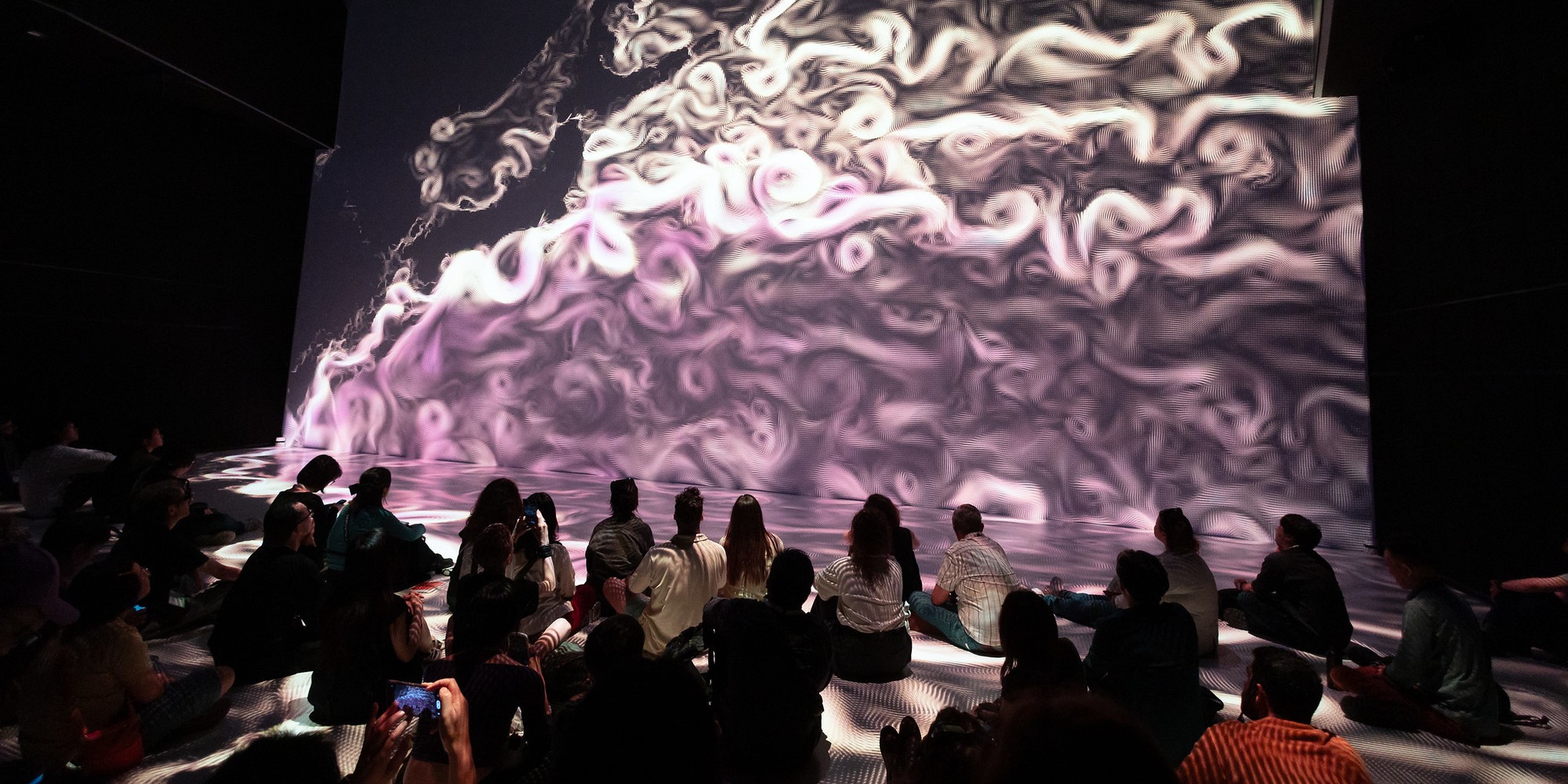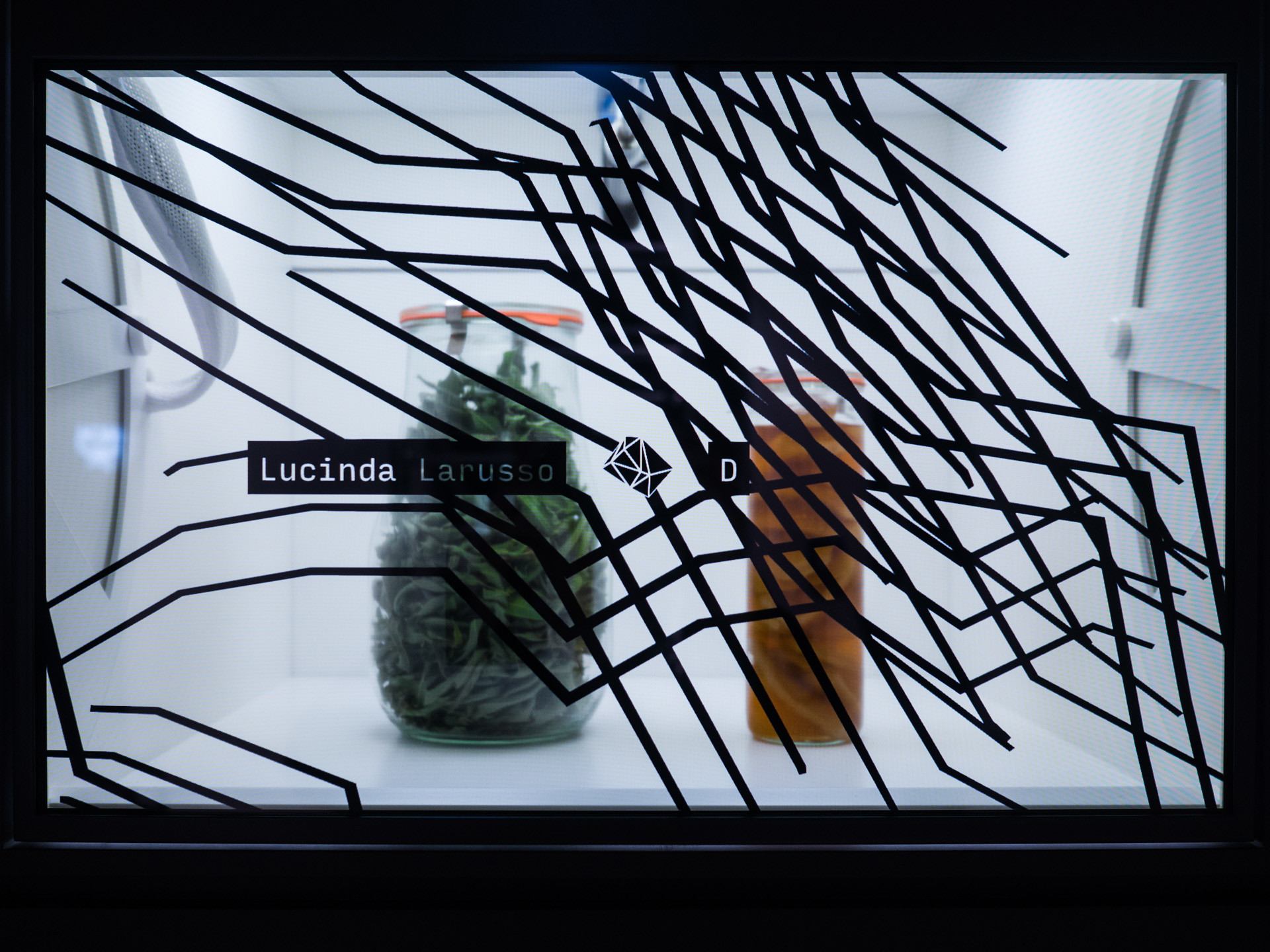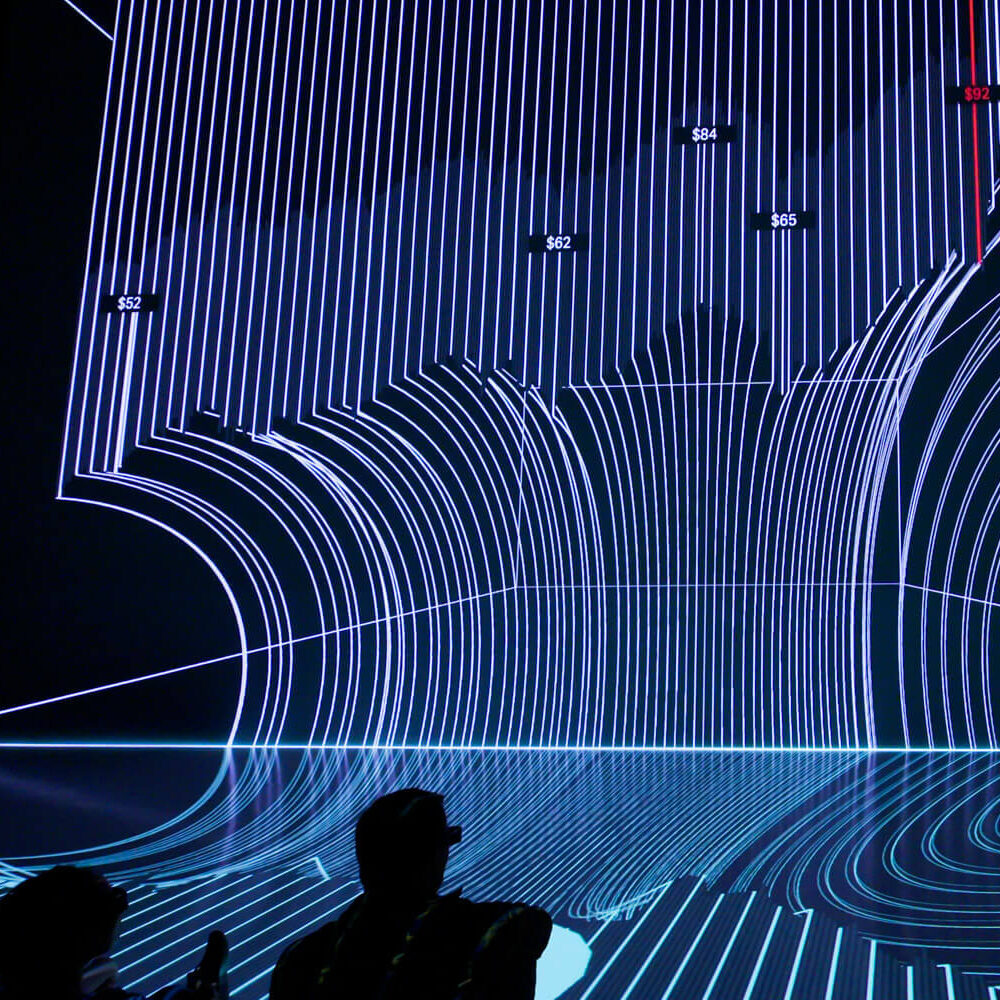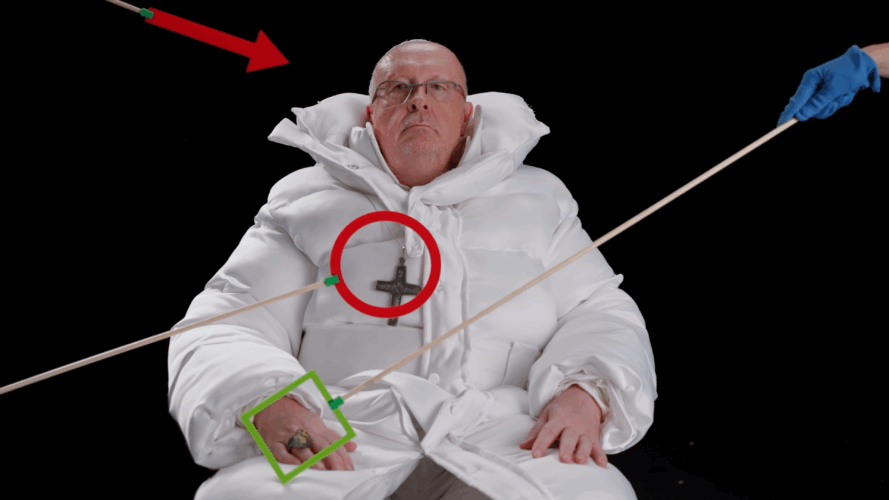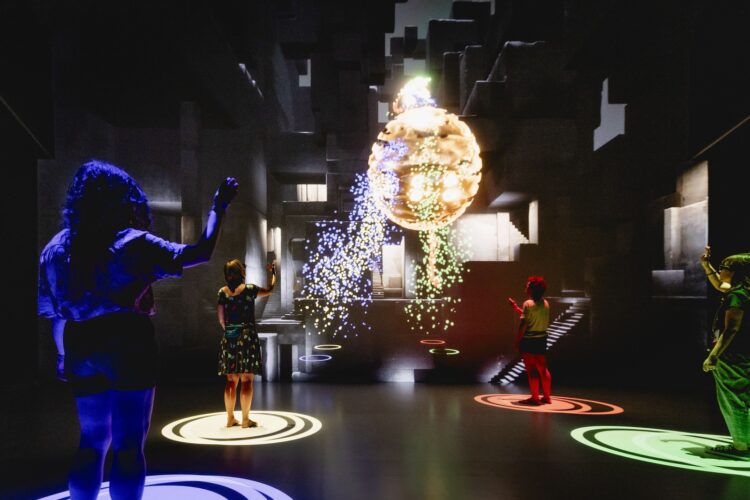Can we feel data?
Data Sentience connects data science with generative art, and asks: What new ways can we find for relating to large, complex information streams with our senses, emotions and playful curiosity – and how can this help us navigate a world increasingly shaped by automated measurements and decisions?
This research field investigates the changing relationship between society and data through artistic explorations, making visible the properties of the data itself, but also critically discussing the systems and structures that are developing along with these technologies. In the process of this, aesthetic/emotional aspects of data-based artworks and their opposition to other forms of presenting and viewing information are consciously employed and reflected: How do we talk about data in terms of “sensing” and “feeling” in addition to knowing and understanding? What if we need not only “Data Science” but also “Data Sentience” to make sense of our measurement of the world?
The world’s attention is trained on the leaps AI systems have made in the last few years. This is due to the combination of refined algorithms, improved hardware performance and the payoff of the massive data economies that have developed in the last two decades. The AI revolution only works because our society is becoming more adept in collecting, storing, processing and reasoning about data in all kinds of domains: From air pollution to brain waves and from music preferences to stock values. This data can be looked up, it can be fed to machine learning systems that advise us on decisions (or decide for themselves) and it can be visualized and prepared for presentations that have any kind of agenda (or try not to have any).
It can also become the substance from which art is made: Embedded in generative processes, data can be both knowledge that underlies an artwork and a main determinant of its appearance. As humans engage with the work, they enter a relationship with the underlying data which is different from a query, and different from consuming a data visualization. The goal is not to understand the data as clearly as possible, and it is not to reduce it to an answer. Data as substance and content engages us aesthetically and emotionally, and allows us to find our own interests, observations and fascinations, within the expressive frame the artist has constructed. This approach means taking a step both back and forward – from machine learning to machine wondering, from information visualization to information formations, and from data analysis to data poetry.
I am centering my attention on generative data art: As opposed to a careful selection and use of data as an inspiration, data is allowed to determine aesthetic characteristics and details directly through algorithmic processes. Such a system can be activated on new datasets and will always produce a different outcome which is also more than just a direct representation of the input data.
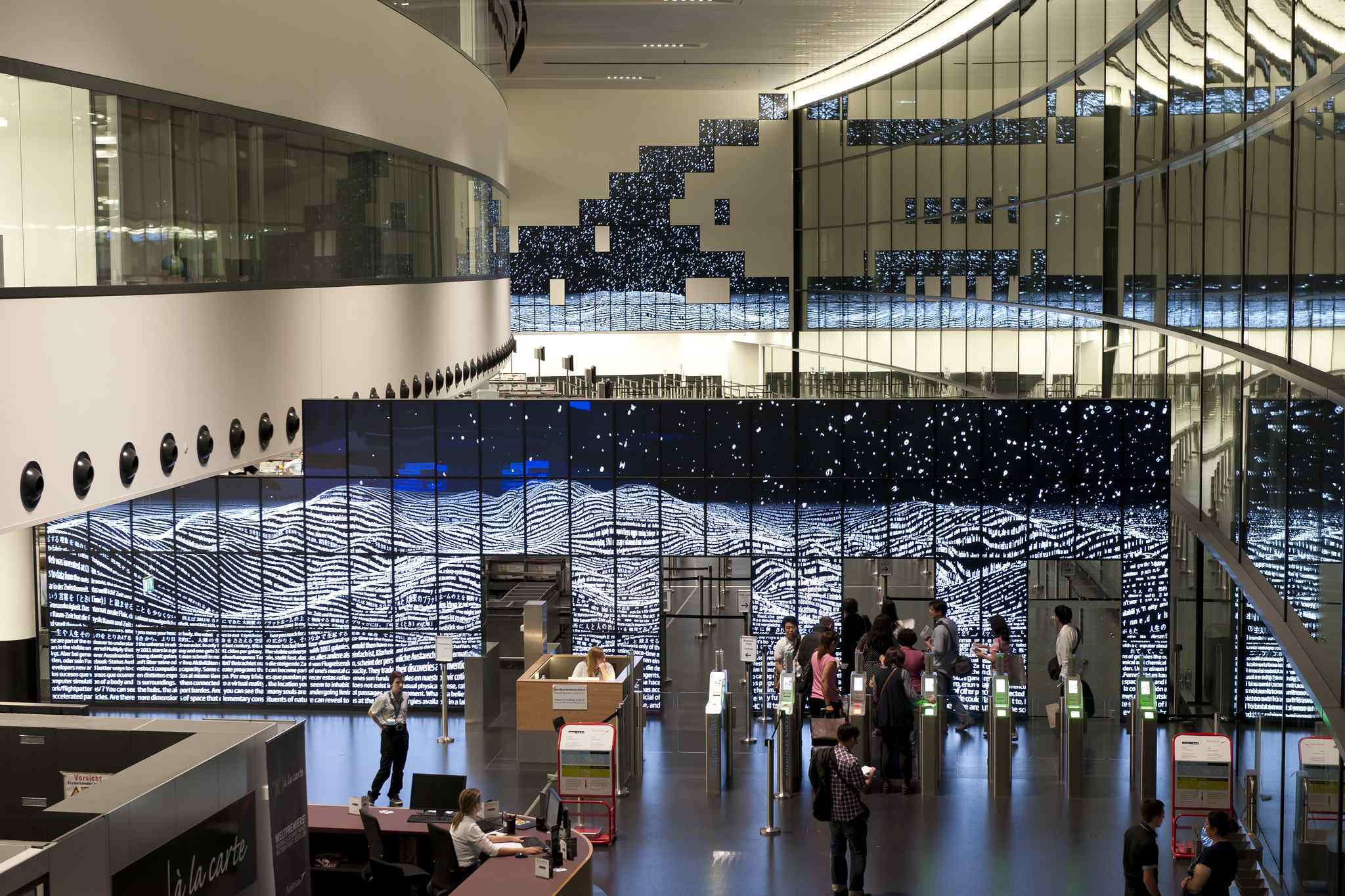
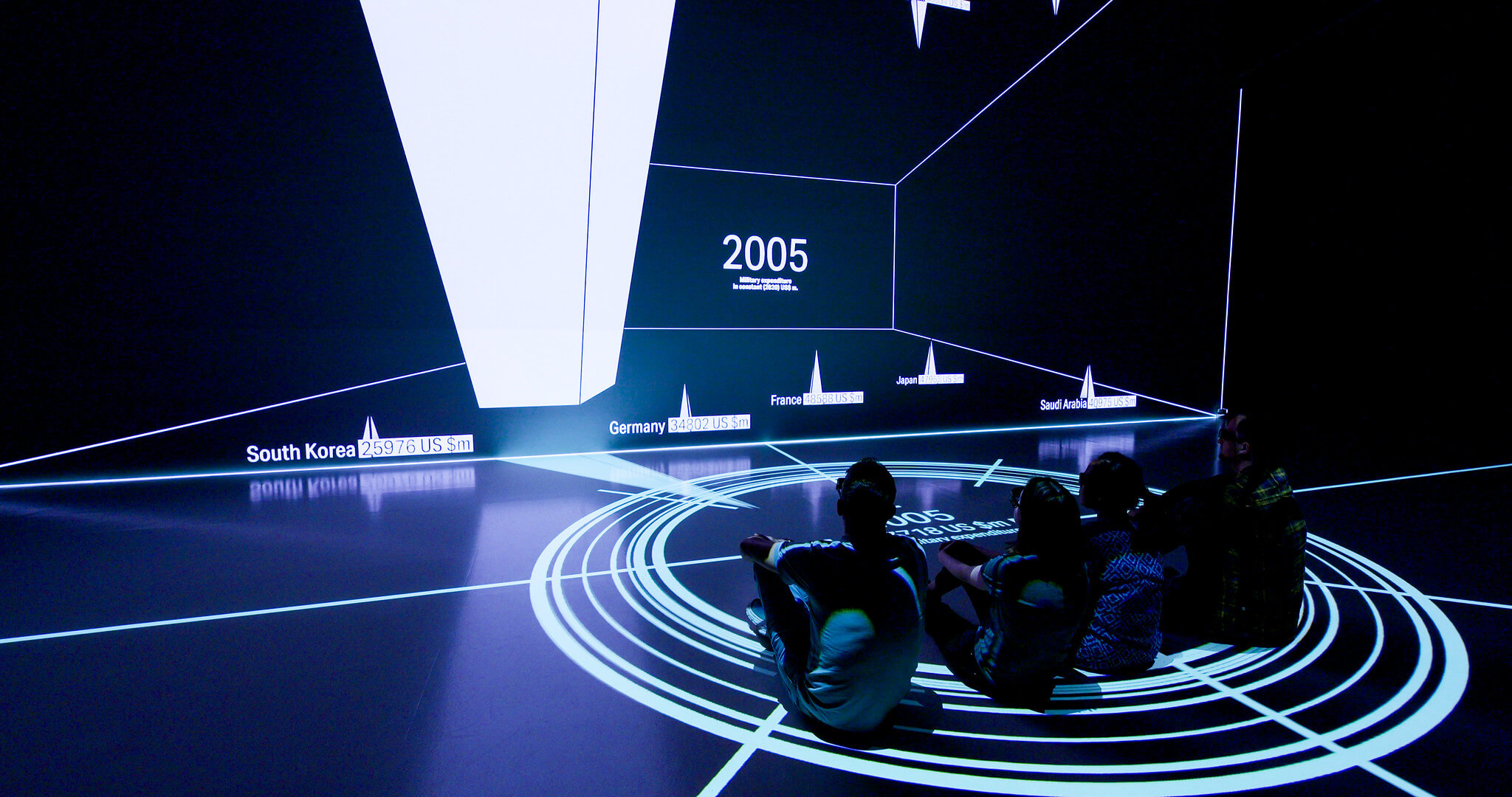
Research Focus
In the process of this research, the following questions are addressed:
- How do humans relate to works of art that convey information about the world?
- What can data art do to foster engagement with topics of societal importance?
- What is the relationship of artist and audience to generative processes?
- What role does the fast-changing landscape of machine learning and its societal impact as “artificial intelligence” play in the possibilities for art and critical reflection?
Society and Data
Engaging in “Data Art Research” also means becoming an interface between the general public on the one hand and data collectors, data “owners” and the technical infrastructures on the other hand. It is urgent not only to shine a light on the actors who collect and distribute data that often concerns us personally (and by whose authority they are allowed to do so), but also on the apparatus required to handle all of it, and the geopolitical implications of its complexity. Finally, the ways in which the data artist works with their raw material are made visible and open, with the goal of empowering more humans to access the data they already have access to, and to participate in the discourse around the data policies we want to anchor in our society.
Connecting Art and Science
Data art has the powerful potential to truly connect art and science: For science, it can expand modes of thinking and create connections between specialized sub-disciplines. On the flip-side, data artworks can be dicussed on many layers: Their aesthetic merit, their subject matter grounded in data, their artistic interpretation of this subject matter, or their way of communicating the data content. For this reason, data art can draw in people who normally do not deeply engage with most art, and they can go beyond the type of relationship viewers form with art that is purely based on subjective expression.
Techniques and Interdisciplinarity
Data Sentience builds its practice-based research on knowledge in data science, machine learning, digital art, data visualization, real-time graphics, generative algorithms, sound synthesis, information design and human-computer interaction along with many other areas as well as domain-specific knowledge, depending on the project. The research field can draw on the unique mix of talents and backgrounds of the Futurelab and Ars Electronica ecosystem.


